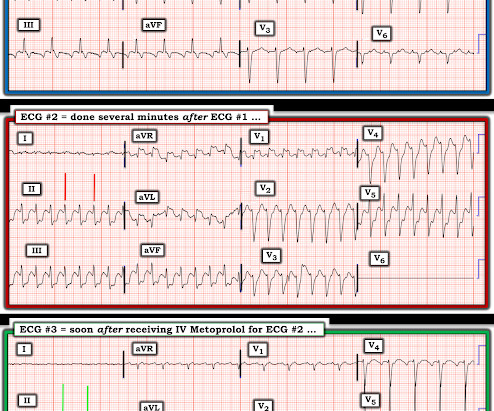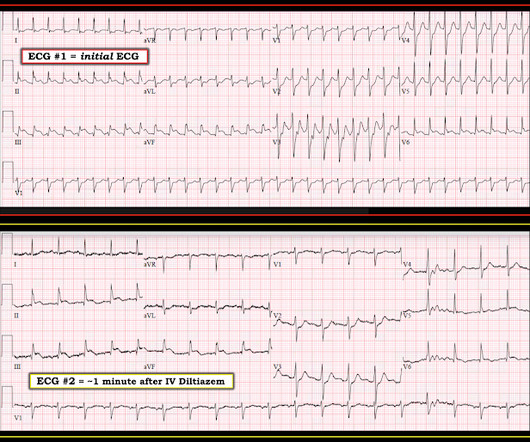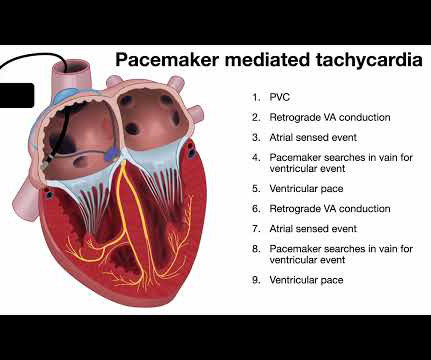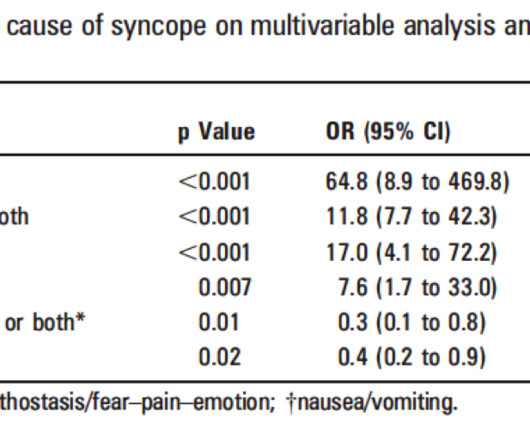A young woman with palpitations. What med is she on? With what medication is she non-compliant? What management?
Dr. Smith's ECG Blog
DECEMBER 24, 2023
Atrial flutter with 2:1 conduction. The atrial flutter rate is approximately 200 bpm, with 2:1 AV conduction resulting in ventricular rate almost exactly 100 bpm. Further history revealed she had new onset atrial flutter soon after her aortic surgery, and was put on flecainide approximately 1 month ago.














Let's personalize your content